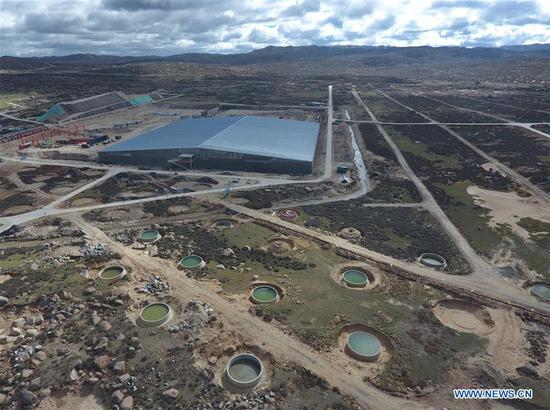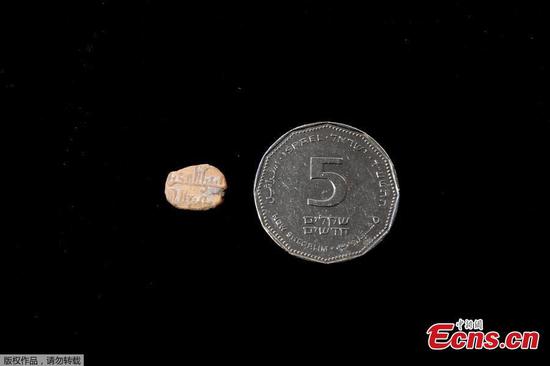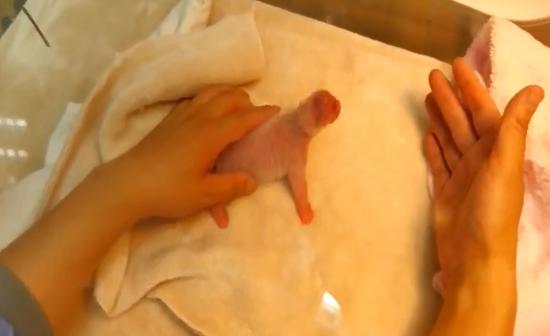DNA extracted from 22,000-year-old skull
Chinese scientists revealed long-lost?panda?lineage by extracting DNA from a 22,000-year-old skull, and this discovery may help unearth the species' evolution.
Scientists at the Chinese Academy of Sciences' Institute of Vertebrate Paleontology and Paleoanthropology discovered the mysterious relative in South China's Guangxi Zhuang Autonomous Region, according to a statement sent to the Global Times by the institute.
It said the panda's relative was located in Cizhutuo. It is the oldest panda that has received gene sequencing so far.?
Researchers analyzed the fossil using DNA fragments. By comparing its outer membrane or mitochondria with 138 present-day bears and 31 ancient bears, scientists discovered that the Cizhutuo panda shares the closet genetic relationship with current giant pandas.?
And results also show that the split between ancestors of Cizhutuo panda and the ancestor of present-day pandas goes back about 144,000 years.?
The research also shows that the Cizhutuo panda belongs to a different mitochondrial lineage.
Fu said that a comparison between the Cizhutuo panda's nuclear DNA to present-day genome-wide data would allow a more thorough analysis of the evolutionary history of the Cizhutuo panda, as well as its shared history with present-day pandas.
The discovery is of vital importance to obtaining the giant panda's ancient nuclear DNA, which is significant to accurately determine the species' evolutionary history, the institute said.?
As the population of giant pandas drops, gene rebuilding alone is impossible to describe the evolutionary history of this species, it noted.
We also need to sequence more DNA from various ancient pandas to capture how their genetic diversity has changed over time, and how did these changes relate to their current, much more restricted and fragmented habitat, Fu said.
She said getting genome-wide data also helps us understand what happened to them in the past.
Fu said her next goal is to get the nuclear genome of the southern giant pandas, whether it be from the Guangxi skull or from related fossils.
Today, pandas only live in China's southwestern subtropical bamboo forests. The animal is considered a national treasure in China, yet few people really know how the giant panda evolved, the Xinhua News Agency reported in January.
Since giant pandas are confined to China, many researchers had assumed China to be the origin of the panda family. Some fossils support this idea.
In the 1980s, Chinese scientists discovered dental specimens of the primal panda in Lufeng in China's southwestern Yunnan Province. The fossils, dating back eight million years, suggest the primal panda was the oldest known panda and gave rise to the panda line.


















































